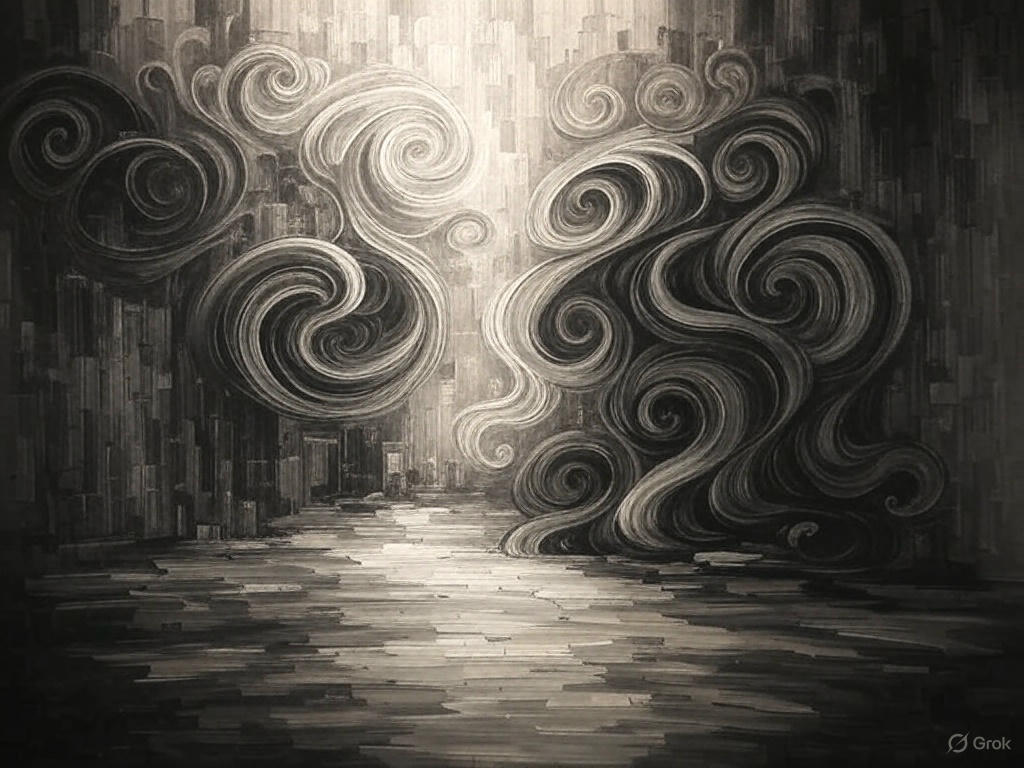How to Manage Stroke Recovery Effectively
Recovering from a stroke? Discover proven post-stroke rehabilitation strategies and expert support from the Best Neurologist in Delhi for long-term brain health.

A stroke is a life-altering medical emergency—but with the right care and support, many survivors can regain independence and improve their quality of life. Post-stroke rehabilitation is not just about physical recovery—it’s a comprehensive journey involving medical, emotional, and lifestyle adjustments.
This article will guide you through:
-
What happens after a stroke
-
Key stages of stroke recovery
-
Rehabilitation strategies that work
-
How to build a personalized plan
-
Why expert follow-up from the Best Neurologist in Delhi is essential for long-term success
Understanding Stroke and Its Impact
A stroke occurs when the blood supply to the brain is interrupted or reduced, depriving brain cells of oxygen. The damage can result in:
-
Partial paralysis or muscle weakness
-
Speech or language difficulties
-
Memory and cognitive problems
-
Balance and coordination issues
-
Emotional and behavioral changes
The type and severity of disability depend on the stroke’s location and how quickly treatment was received.
What Is Post-Stroke Rehabilitation?
Post-stroke rehabilitation is a structured program designed to help survivors:
-
Relearn skills lost due to brain damage
-
Regain independence in daily life
-
Prevent complications or recurrence
-
Improve physical, emotional, and cognitive health
It’s not a one-size-fits-all approach. Recovery varies greatly by person and may take weeks, months, or even years.
When Does Rehabilitation Start?
Stroke rehabilitation typically begins within 24 to 48 hours after the stroke—once the patient is stable. Early mobilization reduces the risk of complications like pneumonia, blood clots, and muscle stiffness.
Key Stages of Stroke Recovery
✅ 1. Acute Phase (First Days)
-
Focus on medical stabilization
-
Preventing further stroke
-
Basic mobility exercises (sitting, moving limbs)
✅ 2. Subacute Phase (First Weeks)
-
Intensive therapy begins
-
Speech, physical, and occupational therapy introduced
-
Goal: Improve strength, speech, daily activities
✅ 3. Chronic Phase (After 3 Months)
-
Continued improvement with adaptive strategies
-
Emotional and cognitive support
-
Regular evaluations and therapy adjustments
Stroke Rehabilitation Team: Who’s Involved?
-
Neurologist – Oversees treatment, monitors brain recovery
-
Physiotherapist – Restores strength and mobility
-
Speech-language therapist – Helps with communication and swallowing
-
Occupational therapist – Assists with daily living tasks
-
Psychologist – Supports mental health and motivation
-
Dietitian – Ensures proper nutrition and stroke risk reduction
Effective Strategies for Post-Stroke Rehabilitation
✅ 1. Physical Therapy
-
Builds muscle strength and coordination
-
Helps regain walking and balance
-
Includes targeted exercises and mobility aids (walkers, braces)
✅ 2. Occupational Therapy
-
Focuses on regaining independence
-
Teaches adaptive methods for dressing, cooking, hygiene
-
Recommends tools for easier living (grip aids, shower bars)
✅ 3. Speech and Language Therapy
-
Helps with talking, reading, writing
-
Addresses swallowing difficulties (dysphagia)
-
Uses communication devices when needed
✅ 4. Cognitive Rehabilitation
-
Improves memory, attention, problem-solving
-
May involve computer-based training or therapy games
-
Encourages social interaction and mental stimulation
✅ 5. Emotional Support and Counseling
-
Depression and anxiety are common after a stroke
-
Therapy and medication may be needed
-
Support groups offer encouragement and coping skills
At-Home Stroke Recovery Tips
-
Create a safe, clutter-free space
-
Install grab bars and non-slip mats
-
Encourage daily light activities (with supervision)
-
Practice speech and memory exercises
-
Set realistic goals and celebrate small victories
-
Keep a journal to track progress
Long-Term Monitoring and Preventing Another Stroke
Stroke survivors remain at higher risk for a second stroke. Long-term follow-up is critical to manage:
-
Blood pressure
-
Cholesterol
-
Blood sugar levels
-
Medication adherence
-
Heart health
This is where guidance from the Best Neurologist in Delhi becomes essential. Dr. Chandril Chugh offers advanced stroke management, individualized rehab planning, and ongoing monitoring to ensure recovery stays on track.
Can You Recover Fully After a Stroke?
Many patients achieve significant improvement, especially with early intervention and consistent therapy. Younger patients and those with smaller strokes tend to recover faster.
However, full recovery depends on:
-
Stroke severity and location
-
Patient motivation and family support
-
Access to expert rehabilitation
-
Management of coexisting conditions
Technology in Stroke Rehabilitation
Modern rehab tools make recovery more effective and engaging:
-
Robotic-assisted therapy – For limb movement and walking
-
Virtual reality – Simulates real-world tasks and environments
-
Neuroplasticity training – Strengthens undamaged brain pathways
-
Home-based apps – Encourage daily exercises and progress tracking
FAQs on Post-Stroke Rehabilitation
How long does stroke recovery take?
Recovery is lifelong, but major improvements usually occur within the first 6–12 months.
Can older adults recover after a stroke?
Yes! Age doesn’t rule out improvement. With structured rehab, many older patients regain function.
Is rehab covered by insurance?
In many cases, yes. Check with your healthcare provider for coverage details.
Can stroke cause personality changes?
Yes. Brain damage may lead to mood swings, irritability, or even depression. Counseling can help manage these changes.
Final Words: Every Step Counts Toward Recovery
A stroke may interrupt life suddenly—but it doesn’t have to define the rest of it. With a personalized, consistent post-stroke rehabilitation plan, survivors can regain function, confidence, and independence.

























































































